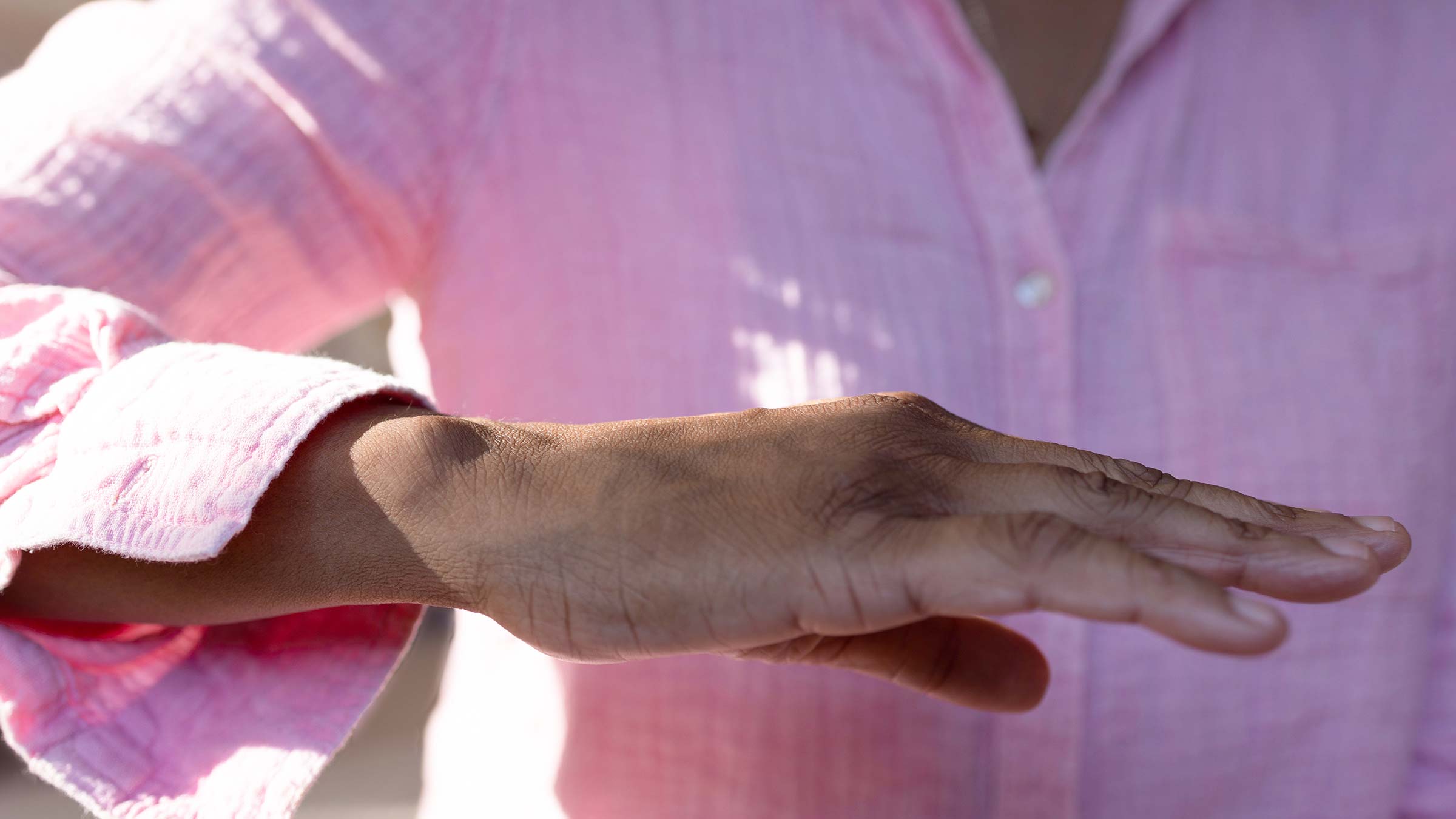How deep brain stimulation is used to treat Parkinson’s, epilepsy and other disorders
When medications stop working or fail to provide relief from symptoms associated with movement disorders, your neurologist might consider using treatment with deep brain stimulation (DBS). The procedure is commonly performed to help improve motor symptoms, such as tremors, stiffness, rigidity and slowed movement, which can be seen in Parkinson’s disease, tremor and dystonia. Epilepsy and obsessive compulsive disorder are also approved indications for DBS therapy.
What is DBS surgery, and how is it normally performed?
DBS is a type of neuromodulation therapy that allows a doctor to change brain function through technology. During DBS surgery, a surgeon implants one or more small wires into the deep part of the brain. The implanted wires are then tunneled beneath the skin to a pulse generating battery in your chest just below the collar bone. This device is like a pacemaker, but for your brain. Once the wires and battery are implanted and turned on, the battery delivers pulses of electricity to specific targets in the brain to help calm abnormal brain signals.
DBS is typically performed when a patient is awake but sedated.
What is asleep DBS surgery? Is it better to have DBS surgery while awake or while asleep?
Asleep DBS is performed when a patient is under heavy sedation or general anesthesia. Some patients may opt for asleep DBS if they have anxiety or are fearful about being awake during the procedure but could otherwise benefit from the treatment. Both asleep and awake procedures are very safe and have similar success rates for patients in controlling symptoms of these neurological conditions.
The decision of whether to have awake or asleep DBS is typically up to the patient. There are some hospitals or centers that may perform only one kind. At Ohio State, we perform both procedures depending on the patient’s circumstances and preference.
Who is a good candidate for DBS?
DBS is typically appropriate for patients when their symptoms interfere with their daily activities, or when their medications no longer work or cause severe side effects.
At Ohio State, our neurosurgeons carefully study and map each patient’s anatomy prior to surgery to improve the accuracy of DBS. While other hospitals offer DBS, only highly selective centers such as Ohio State use this detailed approach — called tractography — which allows your treatment team to target and treat a single system of fibers and steer away from systems of fibers that may cause side effects.
When can patients expect to see results from DBS?
A patient will see results from DBS as soon as the device is turned on — normally a few weeks after surgery. The benefits of DBS can last many years.
Device settings can be adjusted to control the amount of stimulation through a special remote control. This allows a patient to feel the maximum benefit of the device while feeling minimum side effects.
Your neurologist will continue to test the strength of the battery at your appointments so it can be replaced with an outpatient procedure when necessary.
If a non-rechargeable battery is used, it will usually last 5 years, but may be shorter or longer depending on the settings needed to control your symptoms. If a rechargeable battery is used, it will typically last 10 years.
What are the advantages of DBS?
While there are risks with all surgeries, DBS is considered low risk and offers these advantages:
- The procedure can be performed on one or both sides of the brain, depending on symptoms.
- Effects are reversible and can be customized individually for each patient’s clinical status.
- Stimulation settings can be modified to diminish potential side effects and improve effectiveness over time.
- The device can provide continuous symptom control 24 hours a day. Depending on your condition, you may be instructed to turn the device off at night and turn it back on in the morning. Stimulation can be turned on and off through the remote control that you take home with you. The device may also be programmed to allow you to make minor changes at home.
Other common questions about DBS
The top questions I get from patients about DBS include:
Can you feel the device?
There may be bumps that a patient can feel on their head from the caps of the wires that have been inserted into the brain. A patient may also be able to see and feel the battery in their chest depending on how much skin tissue was used to cover the device.
Do you have to shave your head before surgery?
Shaving your head for DBS is no longer necessary. There’s a small strip of hair that is shaved at the incision site, but the hair grows back quickly — usually it is hard to even notice that the patient had surgery by the patient’s follow up appointment two weeks later.
Will I feel the stimulation from DBS?
You may feel tingling in your hand or around your face when the device is turned on and adjusted, but this goes away. Generally, patients won’t feel the stimulation.
Is DBS painful?
You may have minor headaches or neck pain immediately after surgery from the wires that have been implanted in your head or neck, but pain medication can alleviate this. Once the procedure is completed and you have healed from the surgery, there’s very little pain.

Take charge of your nervous system
Learn more about the causes of neurological conditions and treatment options available at Ohio State.
Take charge today








